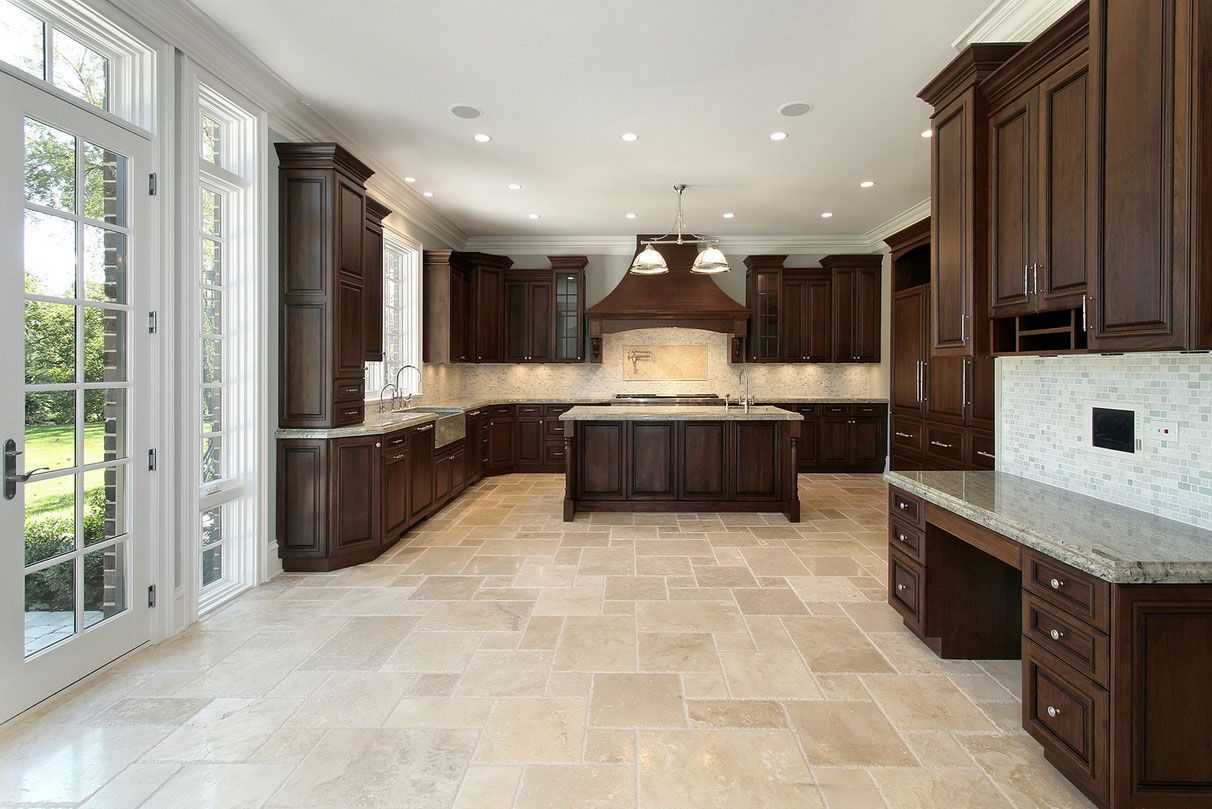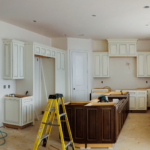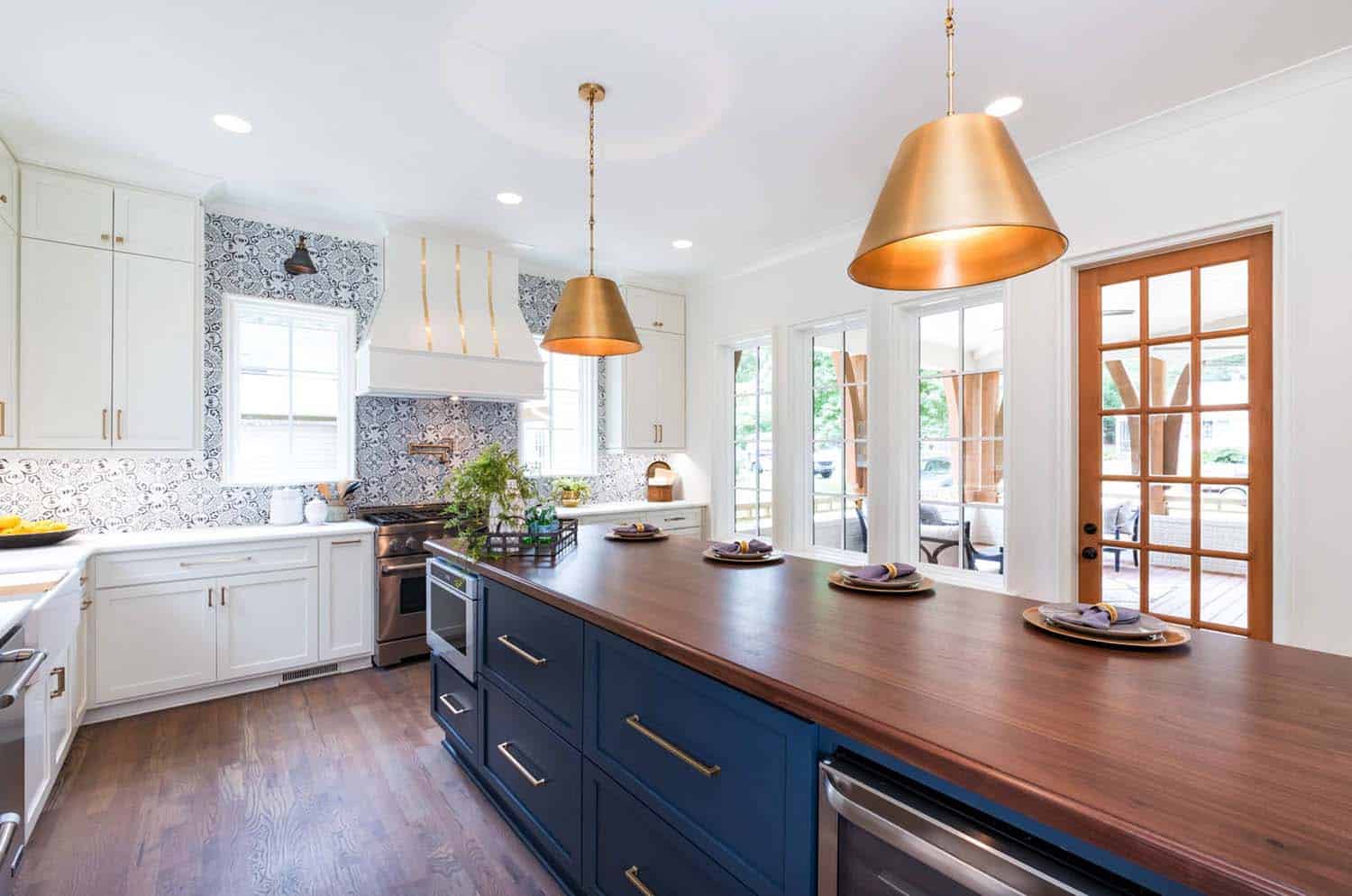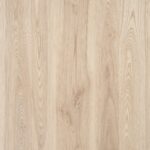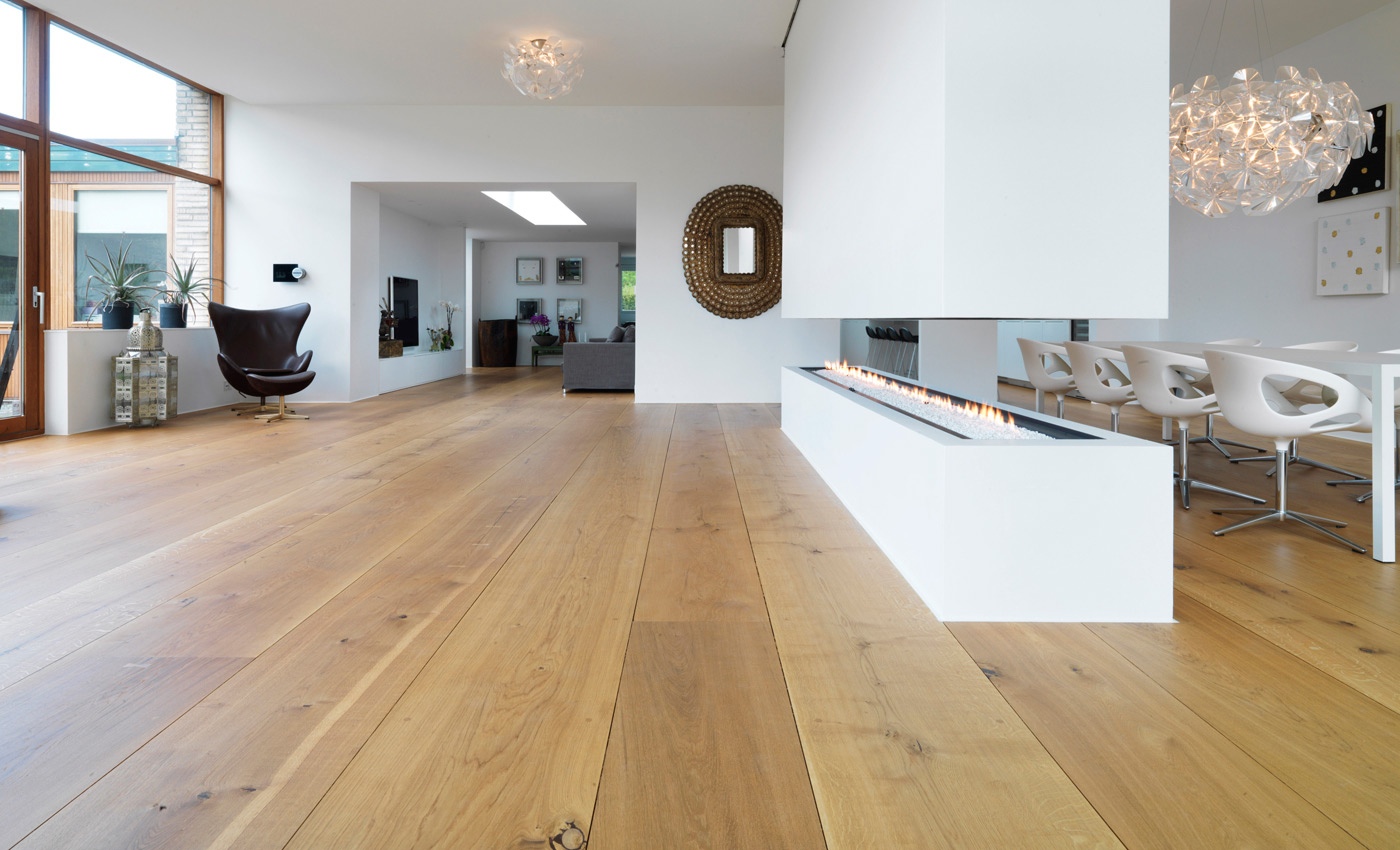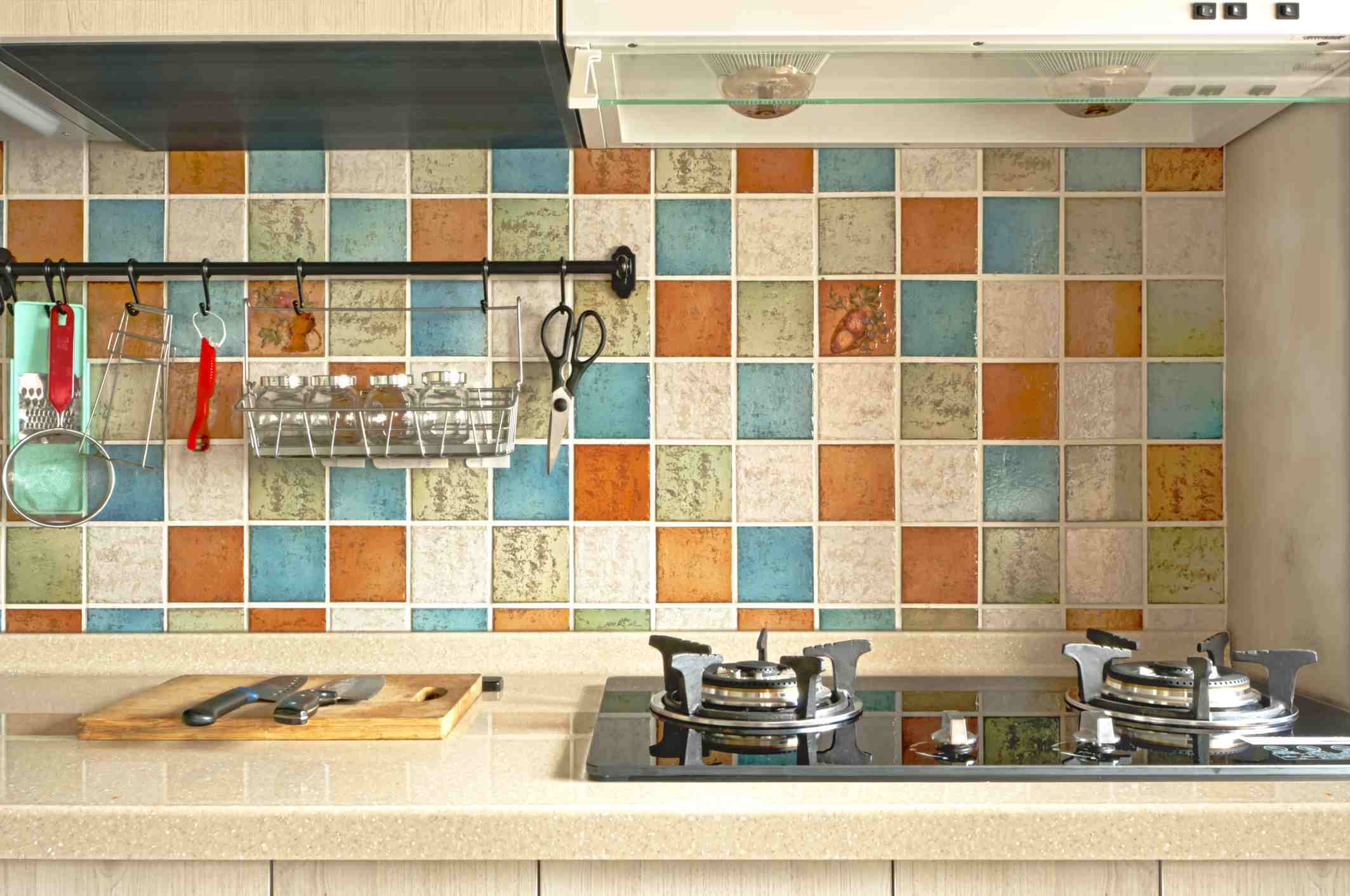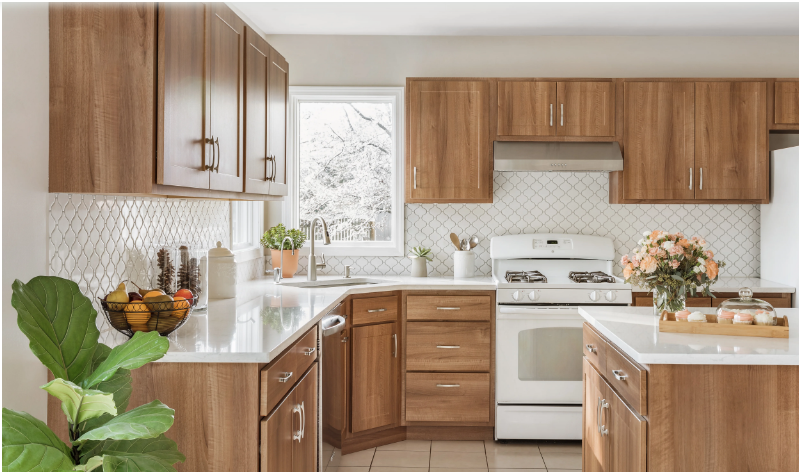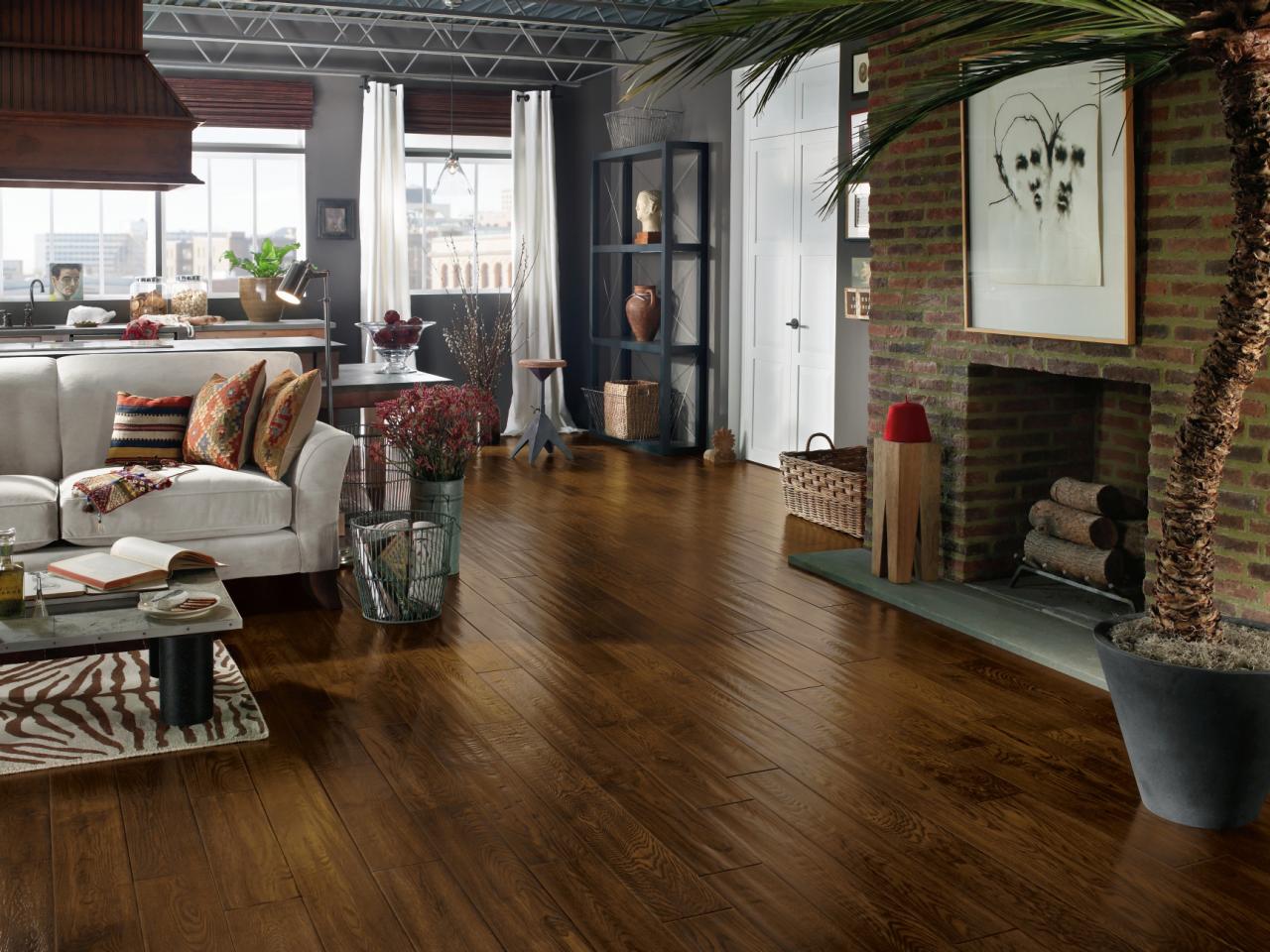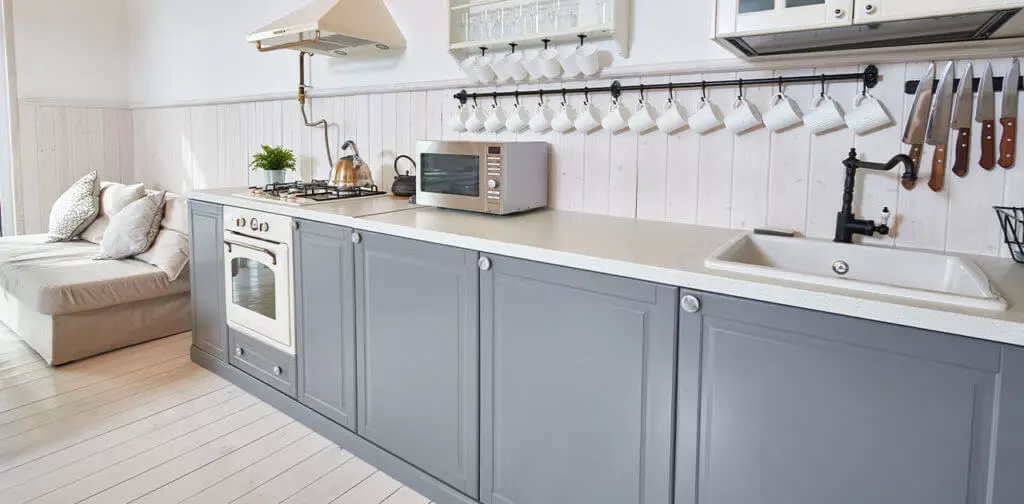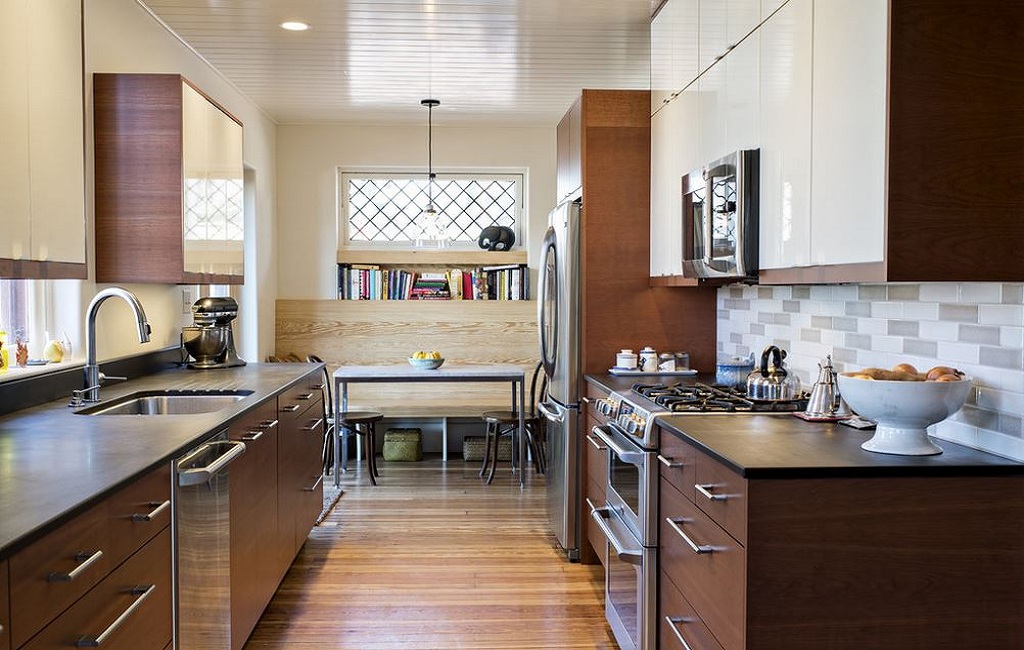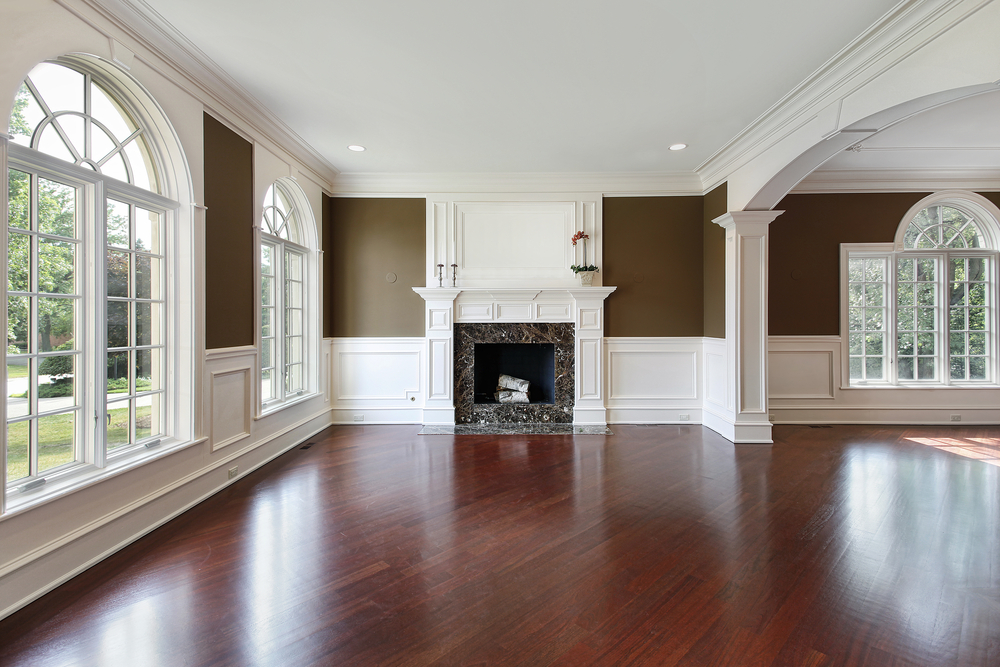
When it comes to wood floors, there are two main categories, solid and engineered. But what’s the difference, and which one is right for you?
When it comes to adding warmth and sophistication to a room, nothing beats the beauty of a genuine hardwood floor. If you are considering wood flooring for your home, you should know the differences between solid wood and engineered wood floors.
Both types of floor bring the beautiful look of natural wood into your home. But it is important to know the key differences between the two, in order to decide which one is right for you. Before you choose, wood flooring fitting will explain the features and benefits of each.

Both types are 100% real wood and they both offer many looks and colors but there are significant distinctions.
Solid Wood Floors:
Solid wood flooring is milled from a single piece of lumber. The thickness of the board can vary, but generally they range from three-quarters to 7/16 of an inch. The width can vary as well, with the most popular width being two and a quarter or three and a quarter inches wide. Solid wood floor is more susceptible to dimensional changes. It will react to the environmental changes of moisture and temperature in your home. In other words, solid wood flooring expands and contracts with the changes in your home’s relative humidity.
Professional installers will compensate for this movement by leaving an expansion gap between the floor and the wall. Base-molding or quarter-round molding is traditionally used to hide the extra space.
Where to install solid wood floors?
Solid wood floors can be installed in most rooms of your home, except for moisture prone areas like the basement and full bathrooms. Solid wood floors may cost more than engineered wood floors but that’s not always the case. There are many factors that affect the final cost, including installation method, labor and sub-floor condition.
Engineered Wood Floors:
Engineered wood floor is a versatile alternative to solid wood floor. Unlike solid wood floor which is one piece of wood milled from a tree, engineered wood flooring is constructed from multiple plies of wood with a solid wood top layer. Below the top layer, these layers of wood are placed in a cross grain configuration for increased dimensional stability and at the bottom is a hard wood backing. These layers are then bonded under high heat impression, and this unique construction creates a structure that is less likely to expand or contract, buckle, gap, or react to fluctuations in humidity and temperature. Because of this, you can install engineered flooring on any level, including below grade. It’s a great choice for finished basements and bathrooms.
A Range of Installation Options:
Another great feature about engineered wood flooring is the range of the installation options. Depending on the product you choose, engineered wood boars can either be nailed down, or glued down as in a traditional hardwood floor installation. Engineered wood floors can also be installed as floating floors, in which the boards are attached to each other and not the subfloor.
Solid and engineered wood floors are real wood and come in many beautiful styles and sizes. Solid hardwood floors are milled from a single piece of lumber but they can be susceptible to moisture and the environment. Engineered floors are constructed of layers of wood and can be more stable where there is moisture.

Christine Kelley is a dedicated home blogger who has been blogging for over six years. She covers everything home related. Christine also loves writing posts about her travels to Europe with her husband and two children.



